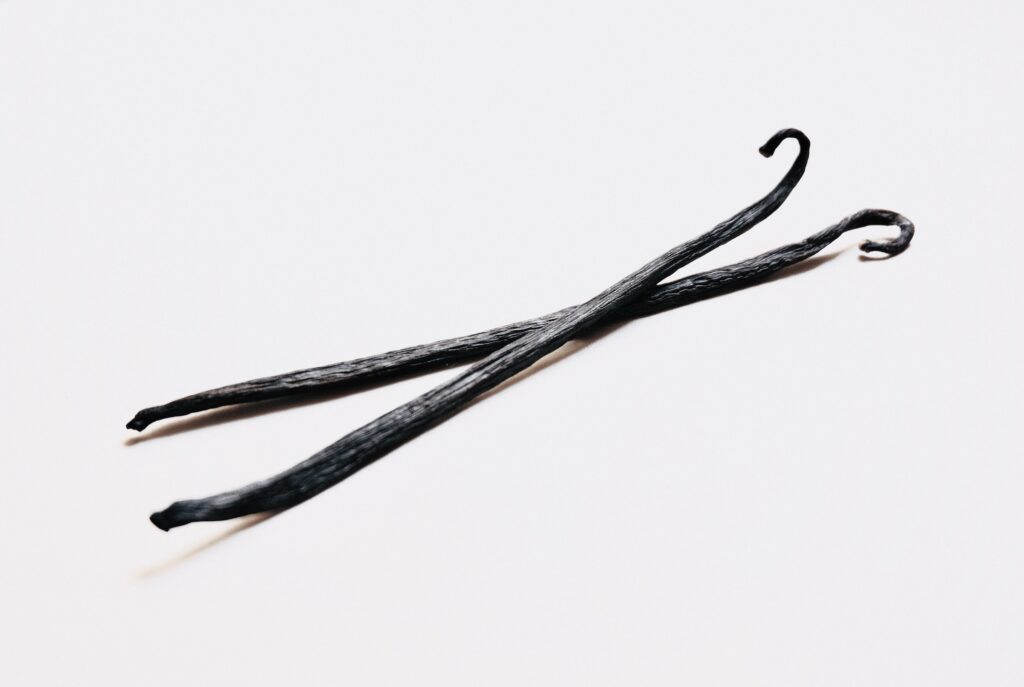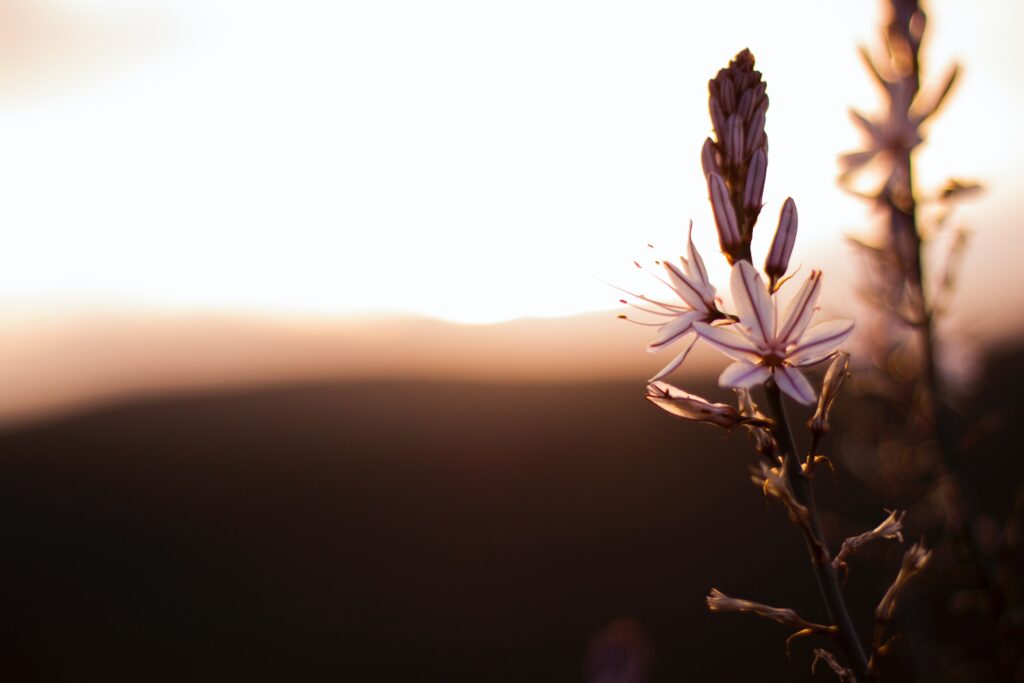Unveiling The Source: The Story Behind Vanilla Flavoring
Vanilla, with its rich and distinctive flavor, is one of the most popular and widely used flavorings in the world. The source of this delightful flavor comes from the vanilla bean, which is the fruit of the vanilla orchid plant. The process of obtaining vanilla flavoring is intricate and involves careful cultivation, harvesting, and curing.

Vanilla orchids are native to tropical regions of Mexico, but they are now grown in various parts of the world, including Madagascar, Tahiti, and Indonesia. The cultivation of vanilla requires a specific climate and environment, often characterized by humid conditions and moderate temperatures.
The plant’s growth and subsequent production of vanilla beans are intricate and labor-intensive processes that demand patience and expertise.
The vanilla orchid blooms with delicate flowers that need to be pollinated for the development of vanilla pods. In nature, this pollination is often carried out by specific species of bees or hummingbirds, but in cultivated vanilla farms, human intervention is necessary.
Each vanilla flower needs to be pollinated by hand, a delicate task that requires precision and care. Following a successful pollination, the blossoms yield green, immature pods that progressively ripen over the course of several months.

The key to obtaining the renowned vanilla flavor lies in the curing process. Once the pods are harvested, they undergo a series of steps that involve blanching, sweating, and drying. This process enables the pods to acquire their distinctive aroma and flavor characteristics. The cured vanilla beans are then sorted, graded, and often further processed to create different vanilla products, such as vanilla extract, vanilla paste, and vanilla powder.
